7 expert-approved tips to keep your windowsills clean during pollen season
Tackle pollen on your sills with these cleaning tips

Pollen season can turn even the cleanest homes into dust traps, with windowsills being particularly vulnerable to the yellow powder that somehow finds its way indoors no matter what we do.
If you've tried everything to reduce backyard pollen from invading your home or even experimented with TikTok hacks, you know the struggle is real. Windowsills, in particular, act as magnets for pollen, dust, and other allergens that sneak in through open windows and settle on its flat surface.
If you're tired of constantly wiping down ledges or battling allergy flare-ups, these expert-approved strategies offer practical tips to help pollen-proof your home. But before we dive into the solutions, it's worth understanding why windowsills are such hotspots for airborne irritants.
Why do windowsills attract so much pollen?
When windows are open, even just a crack, air currents bring pollen particles inside, where they naturally settle on flat surfaces like sills. Add in condensation or humidity from indoor air, and you’ve got a sticky environment that traps those particles even more effectively.
Because windowsills sit at the intersection of indoor and outdoor air, they’re often the first place allergens collect. That makes them a critical zone to focus on if you’re trying to reduce pollen buildup and improve the air quality in your home.
1. Start with a thorough vacuum
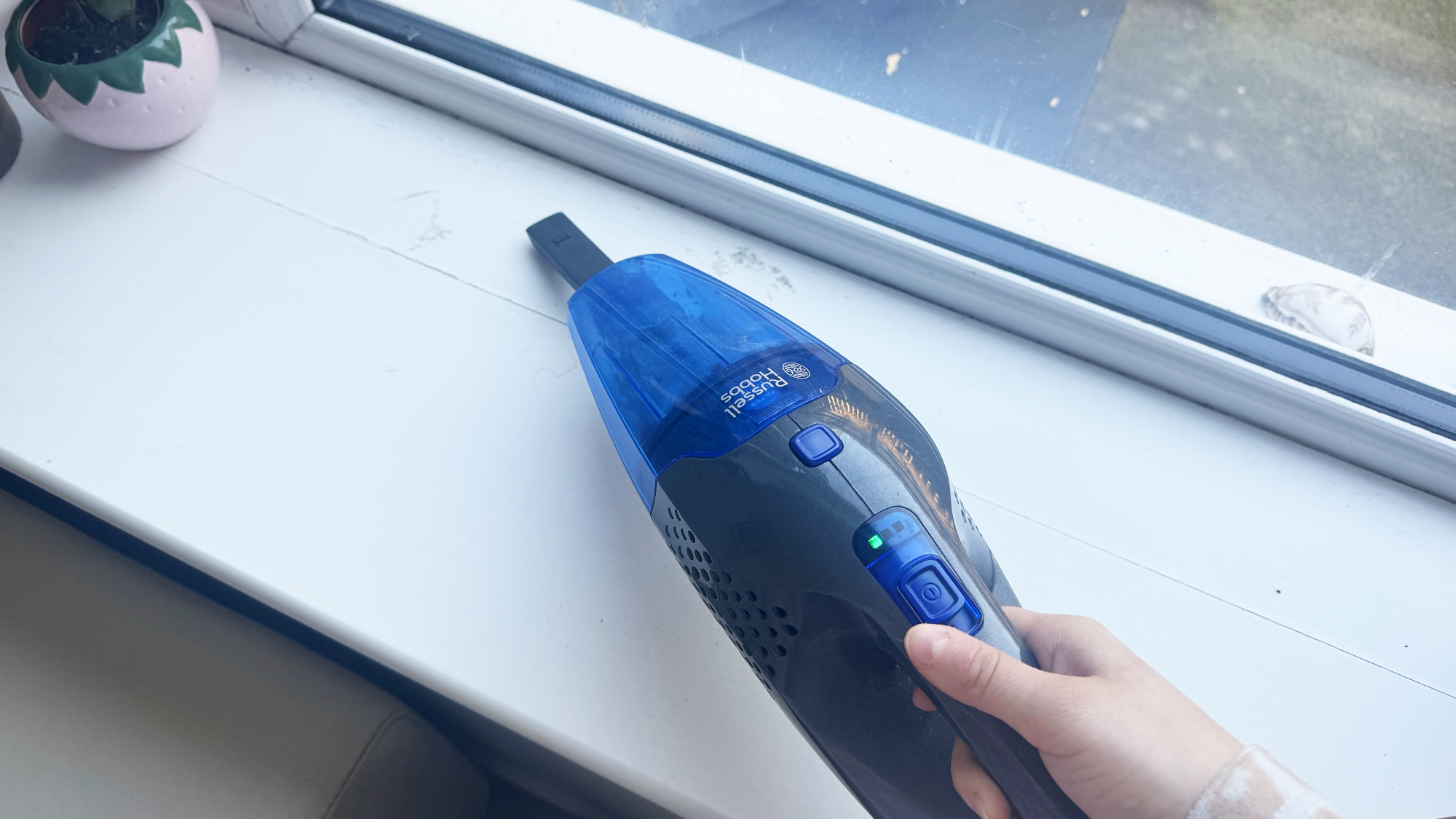
Before reaching for a cloth or sponge, begin by vacuuming your windowsill to remove loose dust, dead bugs, and other debris.
A crevice tool like a toothbrush or a paintbrush works especially well for getting into corners and along window tracks. This first pass prevents you from smearing dry dirt into a muddy mess once you introduce moisture.
2. Use soapy water to wipe down
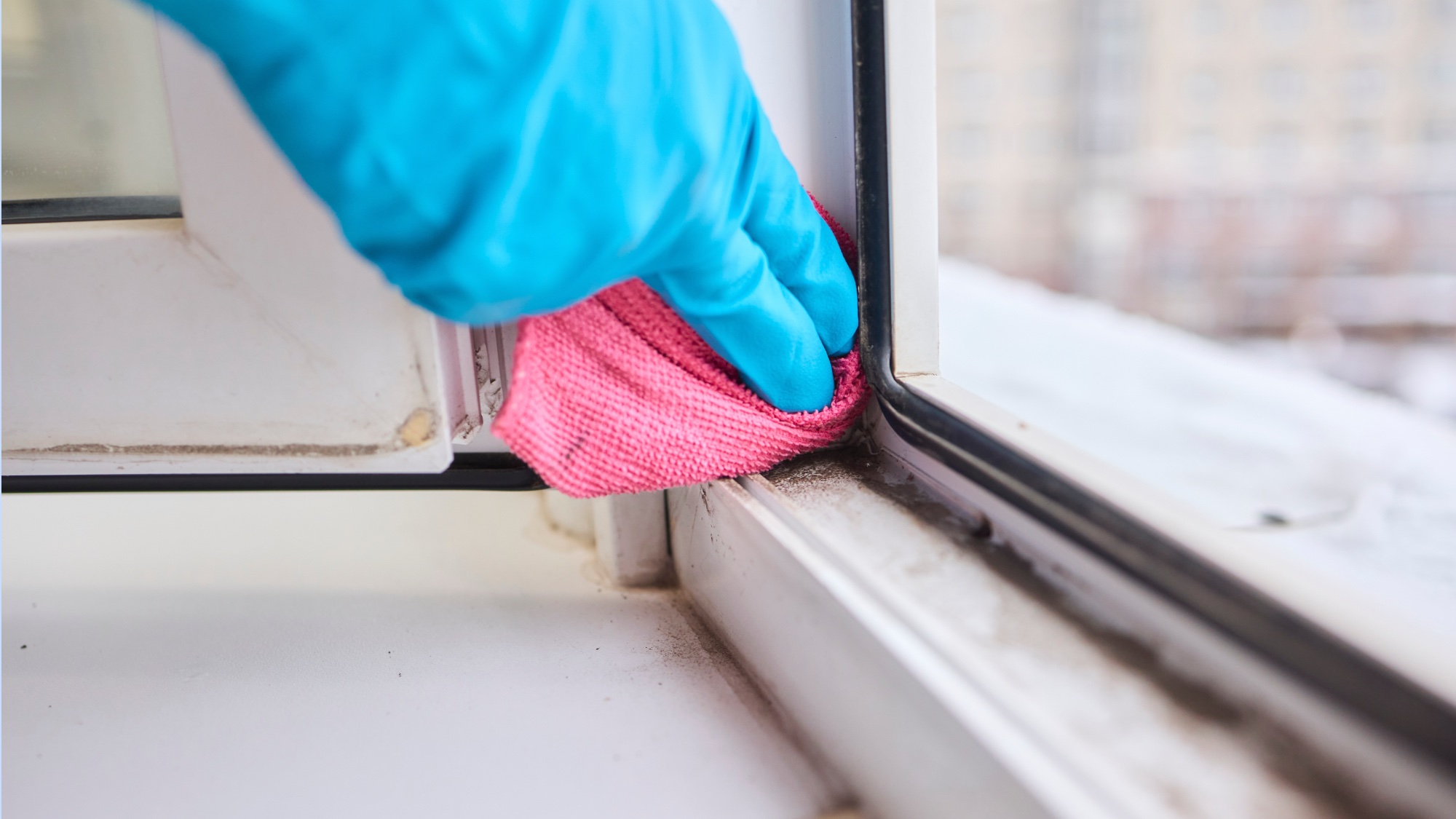
A few drops of dish soap mixed with warm water is usually all you need to cut through everyday build-up. Dip a microfiber cloth or sponge into the solution, wring it out thoroughly, and wipe the entire sill.
This method is gentle on wood and painted surfaces and leaves no sticky residue behind. To protect your surfaces, spray the solution onto the cloth rather than directly onto the windowsill.
3. Tackle with baking soda
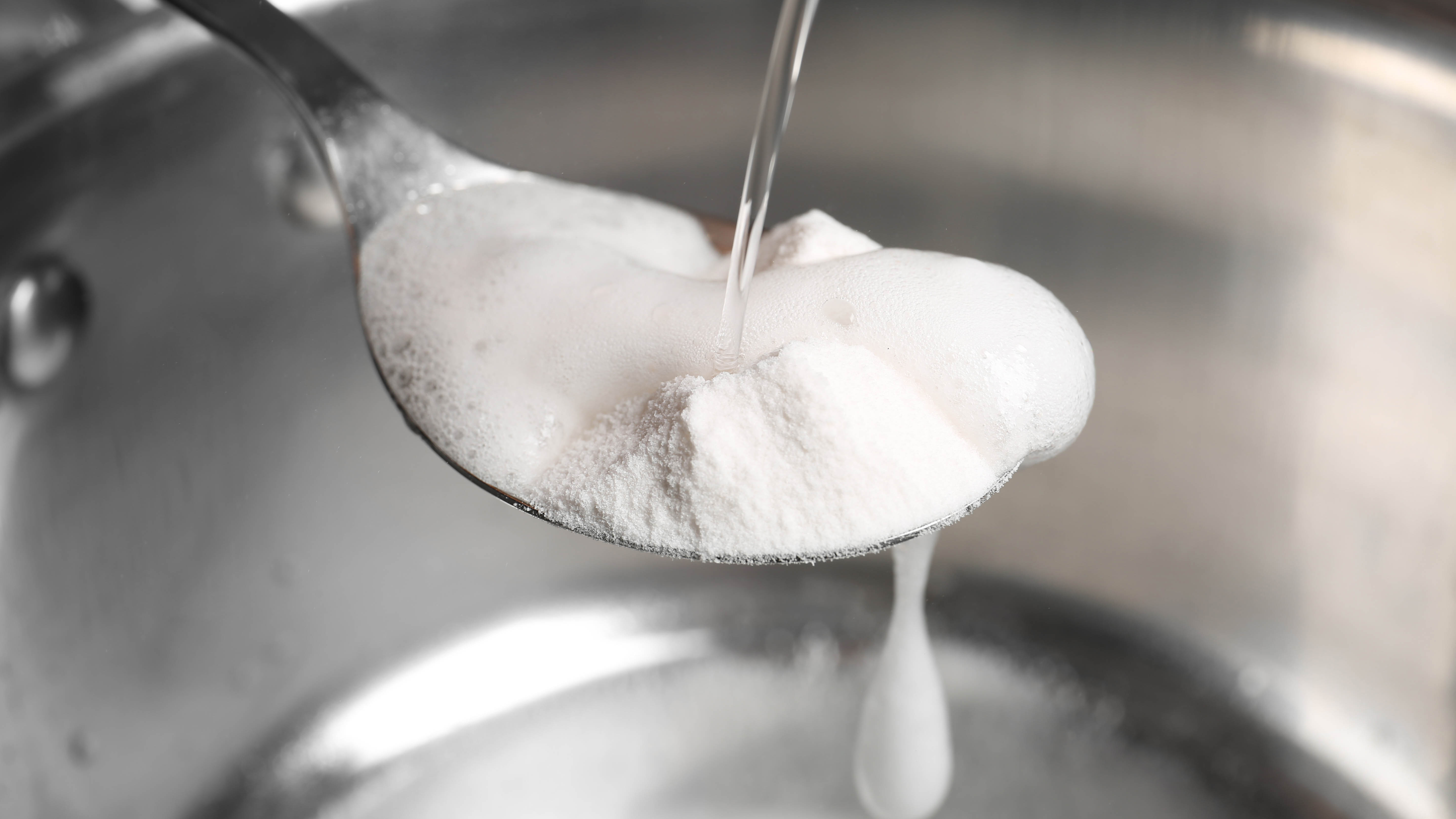
For stuck-on grime or staining, a great tip is to make a quick paste using baking soda and a little water.
Spread the paste over the problem area and let it sit for five to ten minutes. Then, scrub gently and wipe away the residue. This trick is especially helpful on older windowsills that haven’t been cleaned in a while.
4. Get into the corner
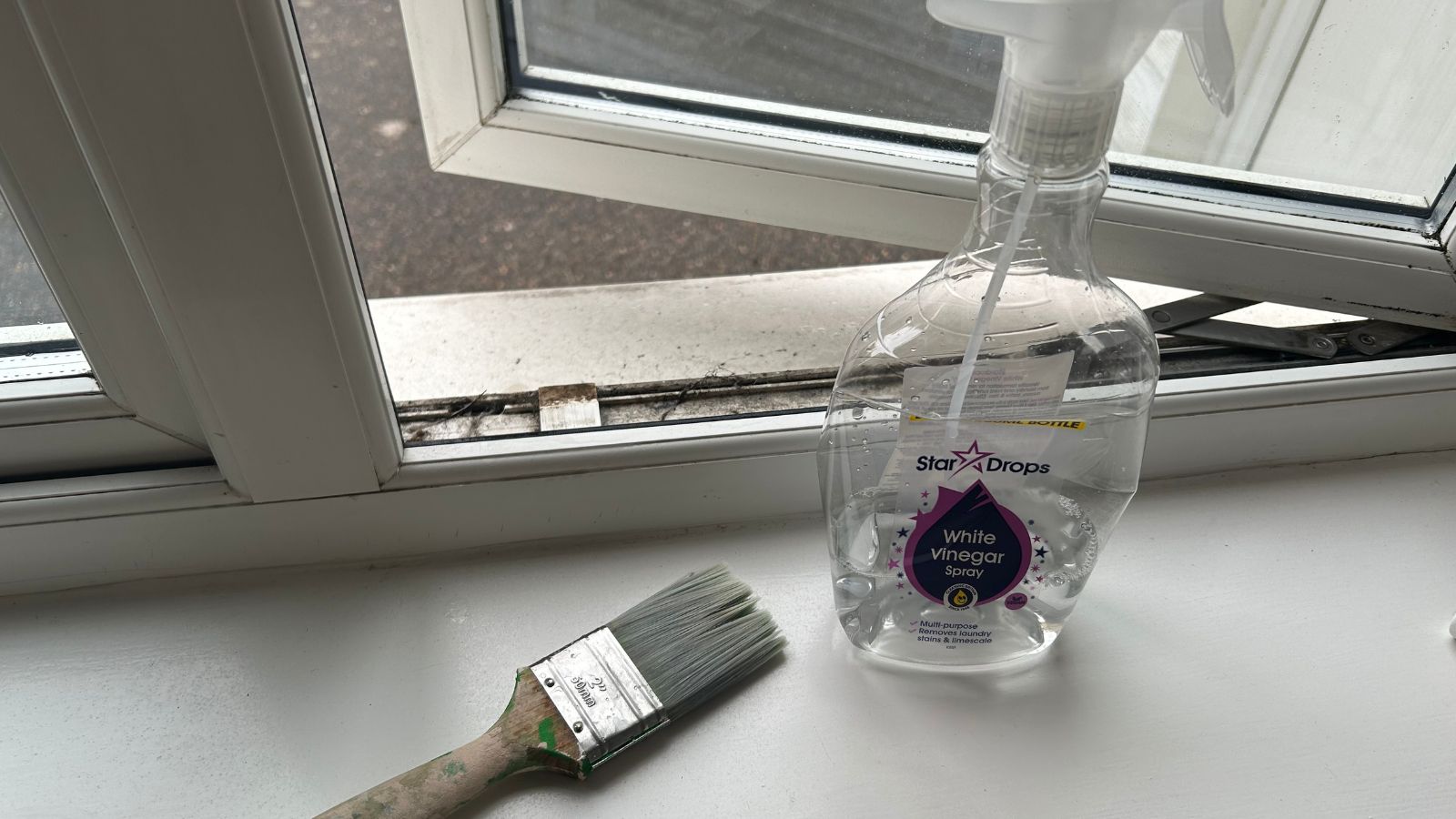
Corners and window grooves can trap a surprising amount of dirt and pollen, and they’re not easy to clean with just a cloth.
A soft-bristled toothbrush or cotton swab is ideal for gently scrubbing these tight spots without damaging the finish. You can use a paintbrush or even wrap a cloth around a butter knife to get into narrow grooves and crevices.
5. Speed things up with an all-purpose spray
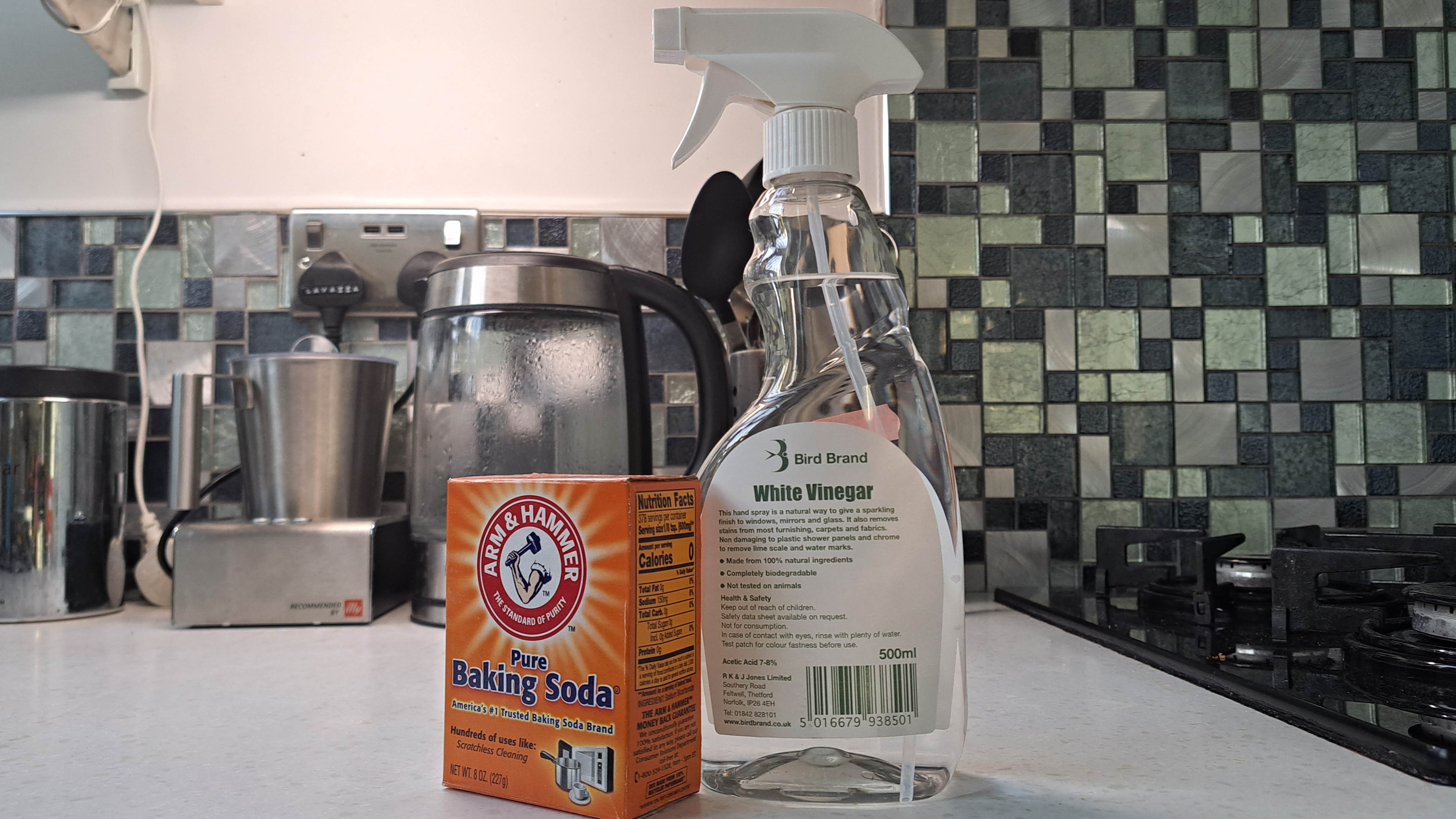
If you’re short on time, an all-purpose cleaner can be a handy substitute for DIY solutions. Just spray onto a cloth and wipe as needed.
For mold or mildew, a diluted white vinegar solution can be effective, though it’s best to avoid using vinegar on wood, as the acidity may cause damage.
Cleaners with narrow stream settings can also help you target buildup in corners. Just remember to always follow with a dry cloth to remove excess moisture.
6. Try compressed air
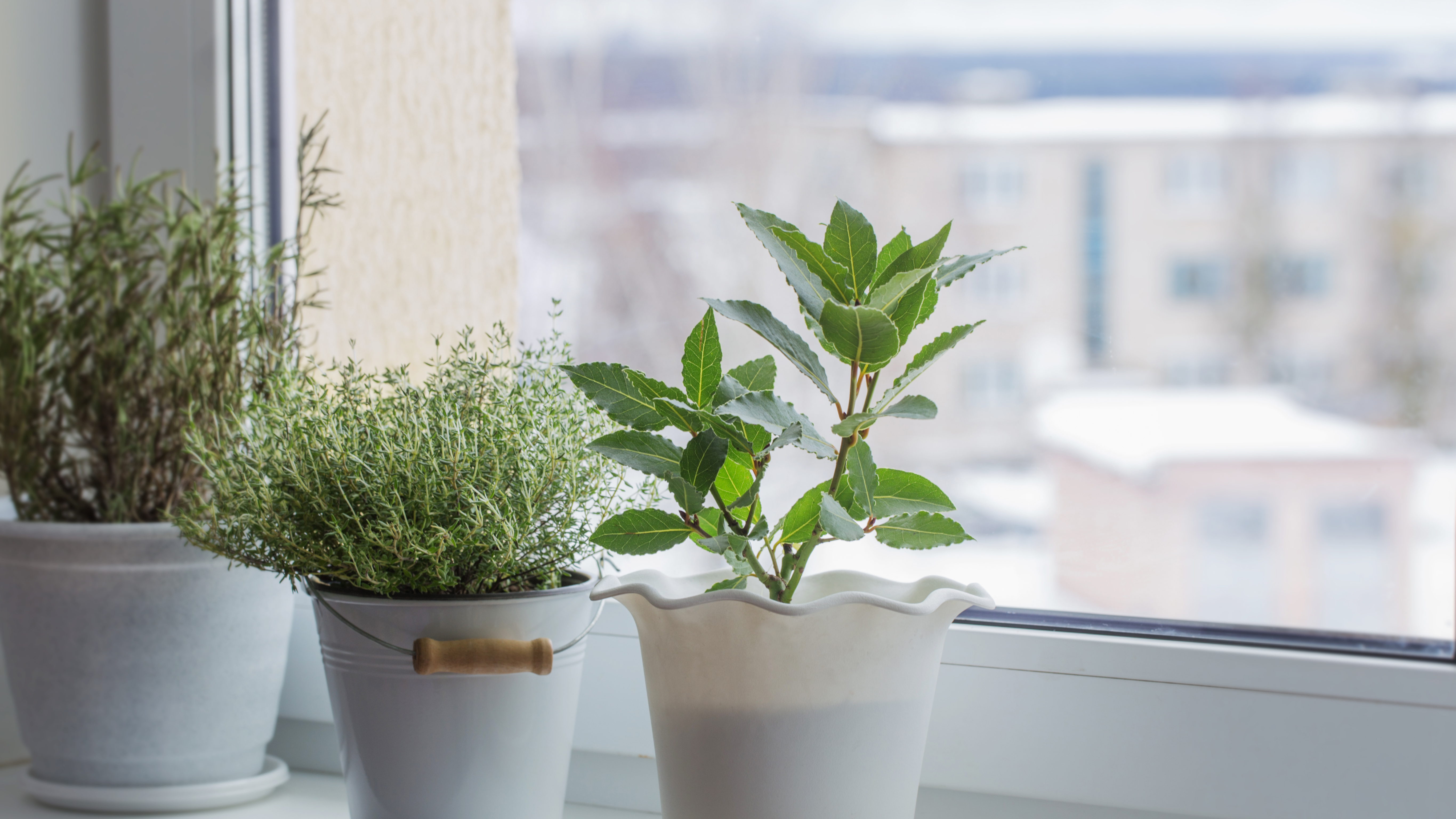
For dry debris stuck in corners or window tracks, a can of compressed air can be surprisingly effective. These are typically sold in office supply or electronics stores and are designed to blow out dust without any liquid or residue.
To use it, hold the can upright and attach the included straw nozzle for better precision. Direct the straw into the grooves and corners of the windowsill, then give short, controlled bursts of air.
Compressed air is a great option when you want to avoid moisture-based cleaning or when dealing with delicate wood finishes.
7. Dry completely

Moisture is the enemy of clean windowsills, especially those made of wood. After cleaning, take a dry microfiber cloth and wipe down the entire area.
This step helps prevent water spots, streaks, and potential mold or mildew from forming in corners or grooves. Don’t forget to check the window tracks and ledges, where moisture can hide and cause long-term damage.
A thorough dry also helps surfaces stay cleaner longer, since dry sills are less likely to attract dust and pollen.
Now you've learned the 7 expert-approved tips to keep your windowsills clean during pollen season, we have some other cleaning hacks that might be of interest.
For the green-thumbed, check out 7 ways to care for your spring bulbs after they've flowered and 5 common lawn care mistakes that are killing your yard. And if you have an induction cooktop, make sure you're not making these 7 common mistakes.
Get instant access to breaking news, the hottest reviews, great deals and helpful tips.

Kaycee is Tom's Guide's How-To Editor, known for tutorials that skip the fluff and get straight to what works. She writes across AI, homes, phones, and everything in between — because life doesn't stick to categories and neither should good advice. With years of experience in tech and content creation, she's built her reputation on turning complicated subjects into straightforward solutions. Kaycee is also an award-winning poet and co-editor at Fox and Star Books. Her debut collection is published by Bloodaxe, with a second book in the works.
You must confirm your public display name before commenting
Please logout and then login again, you will then be prompted to enter your display name.
